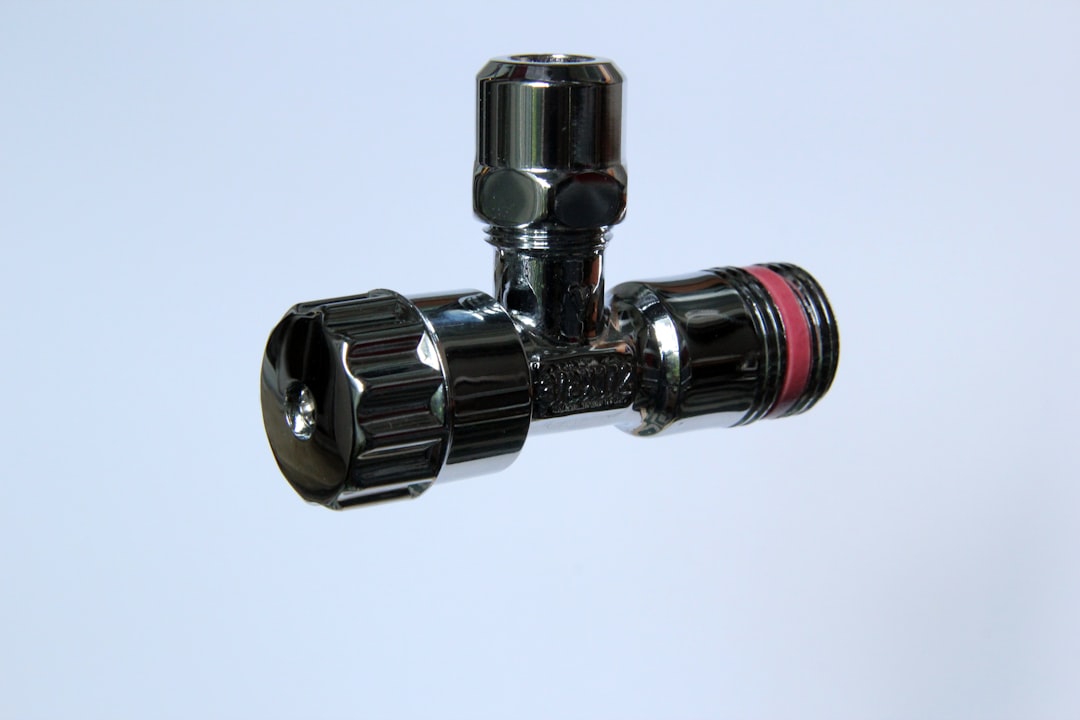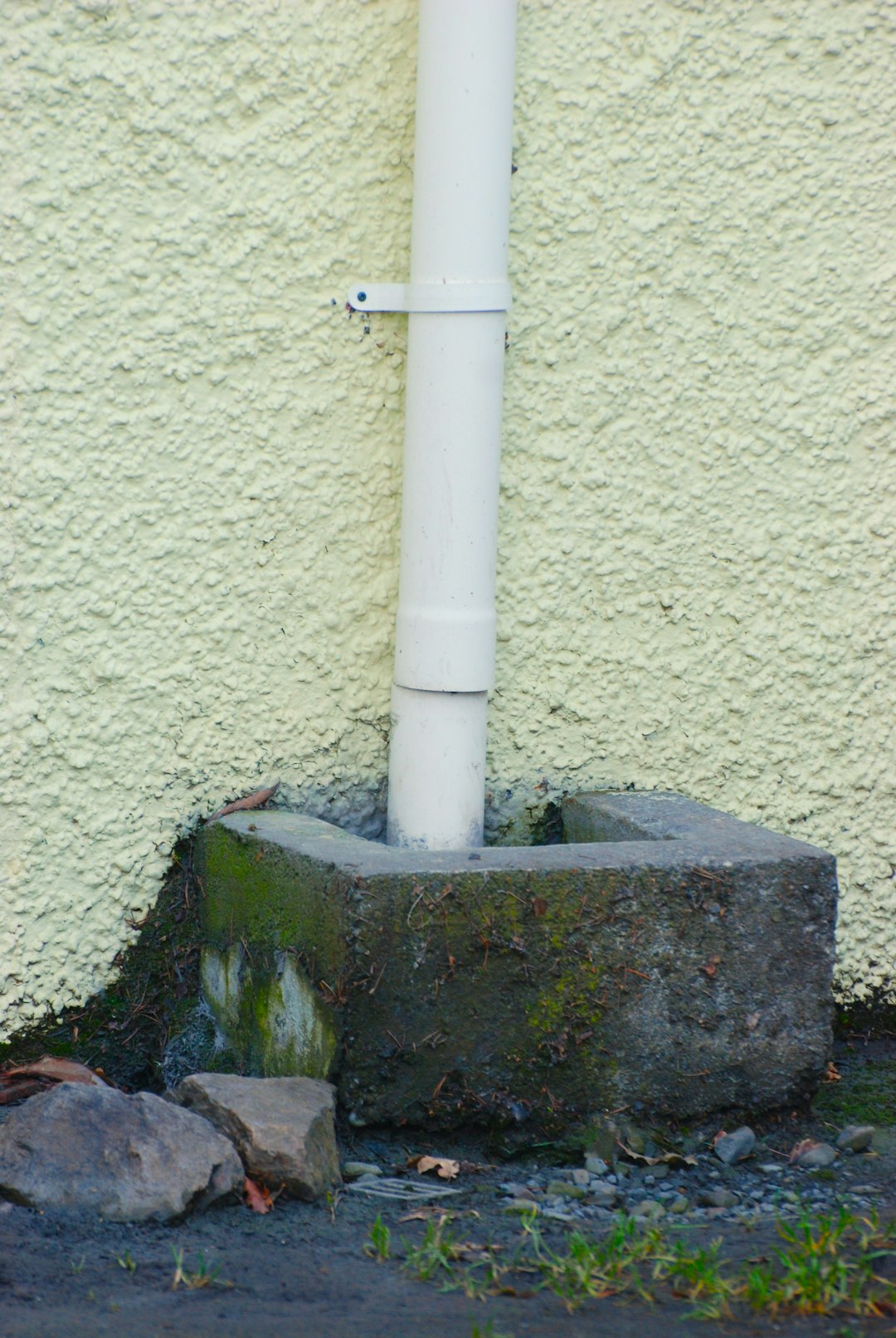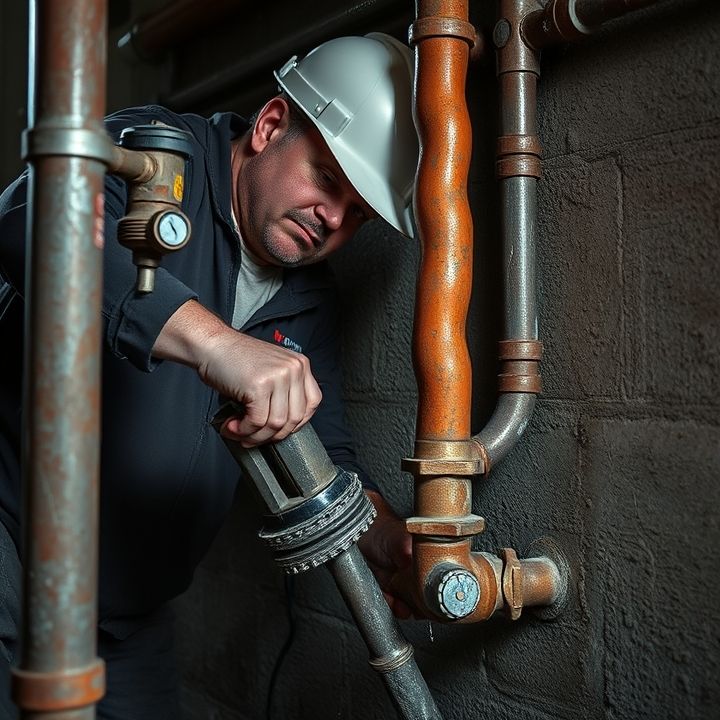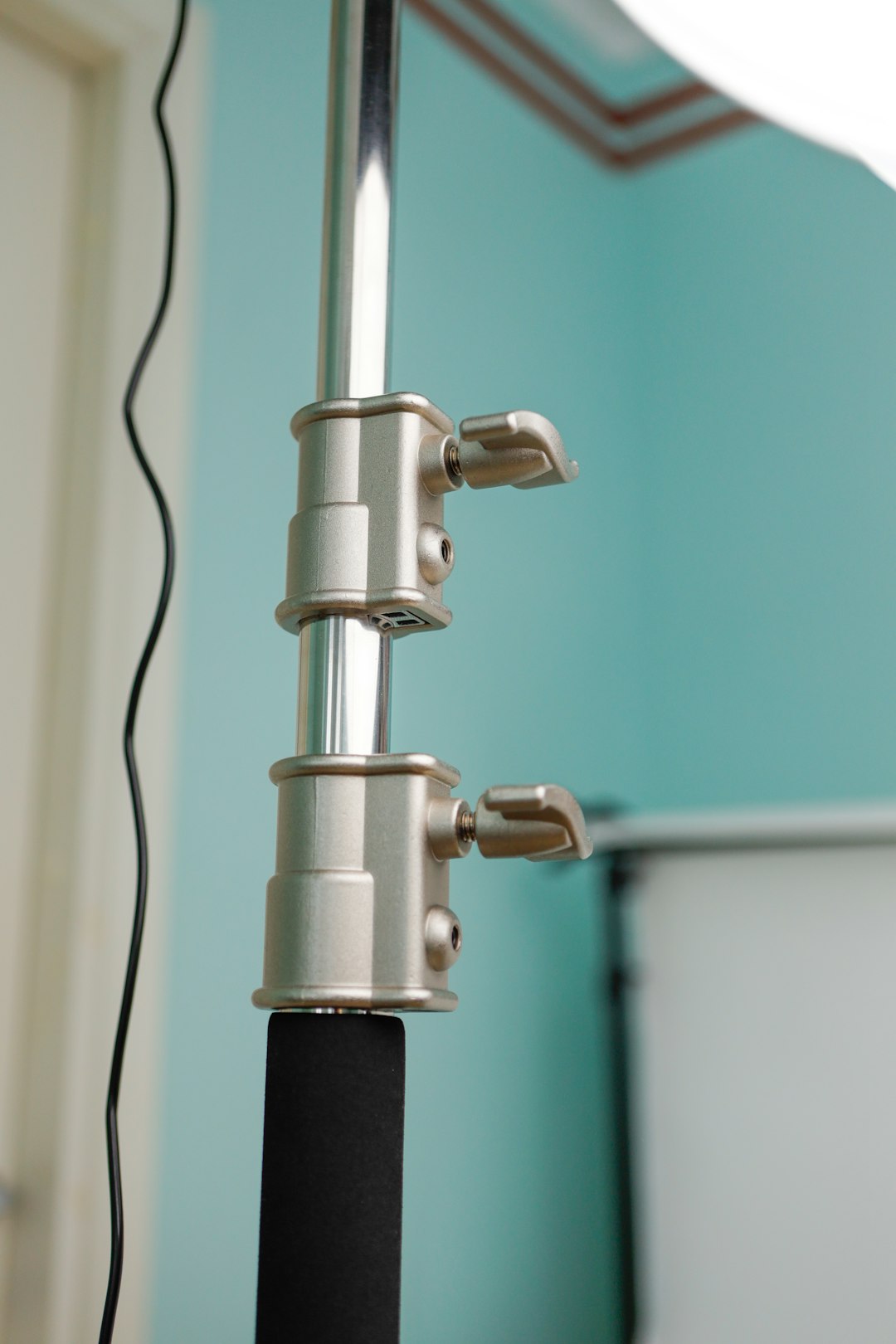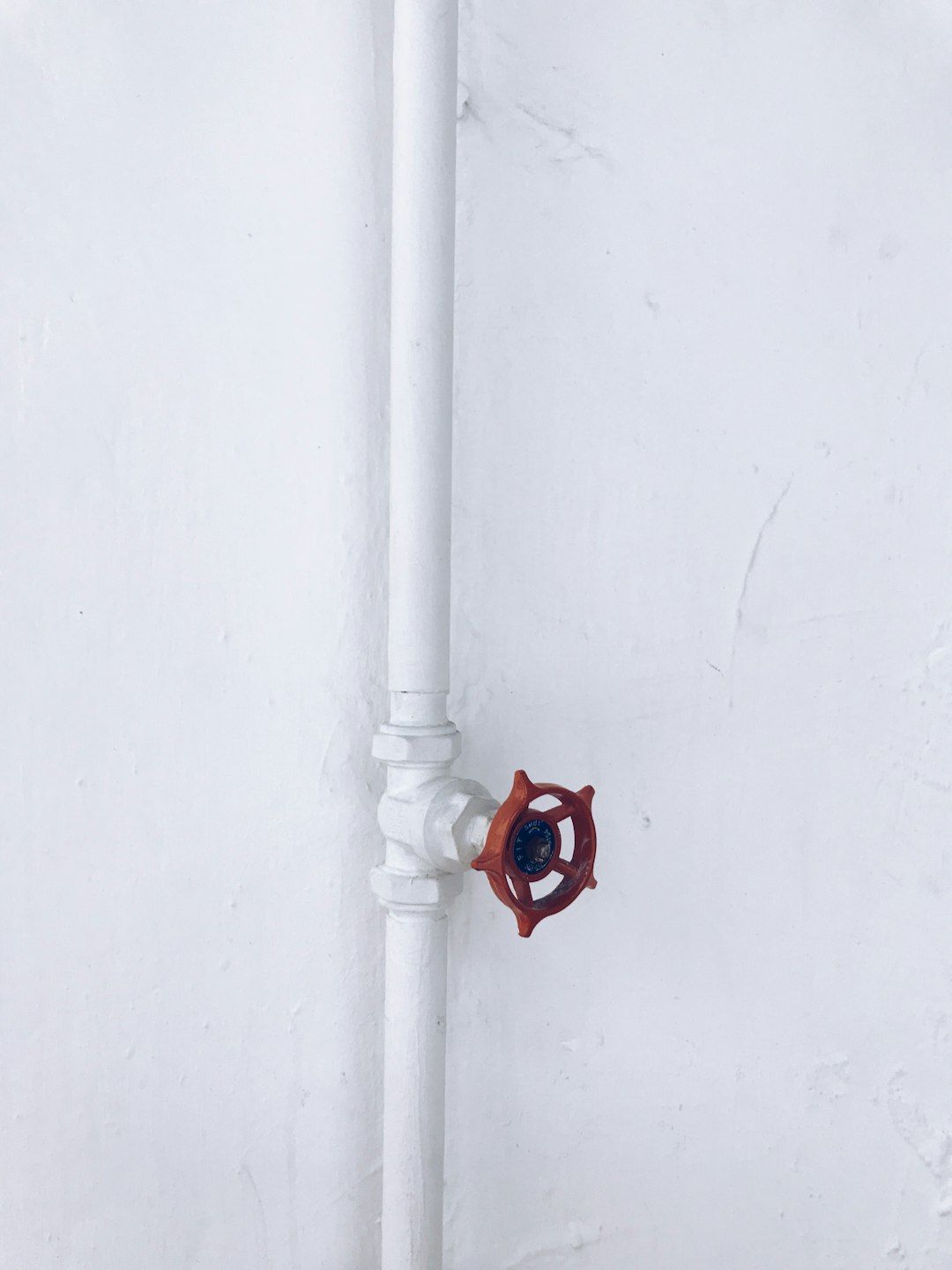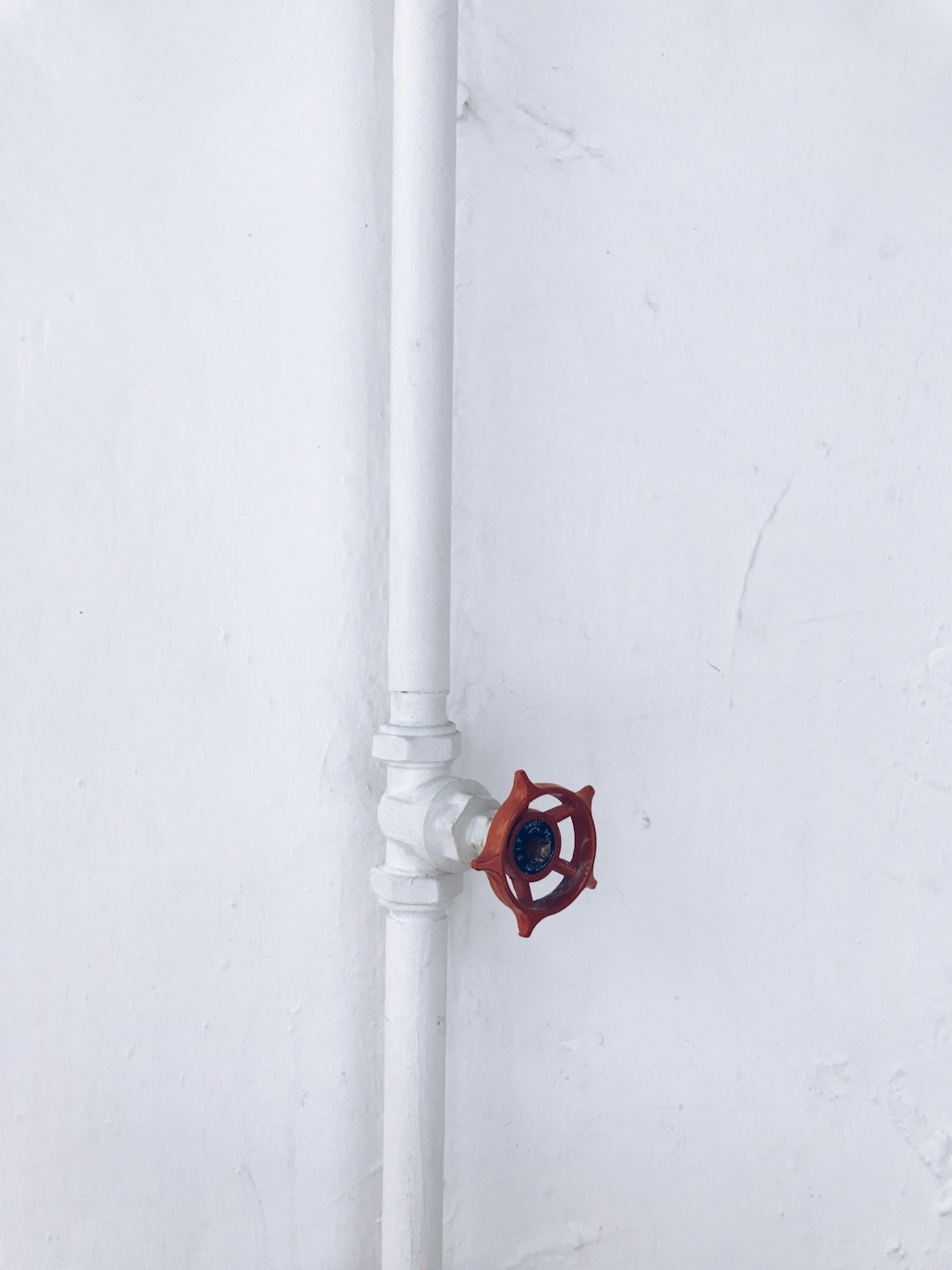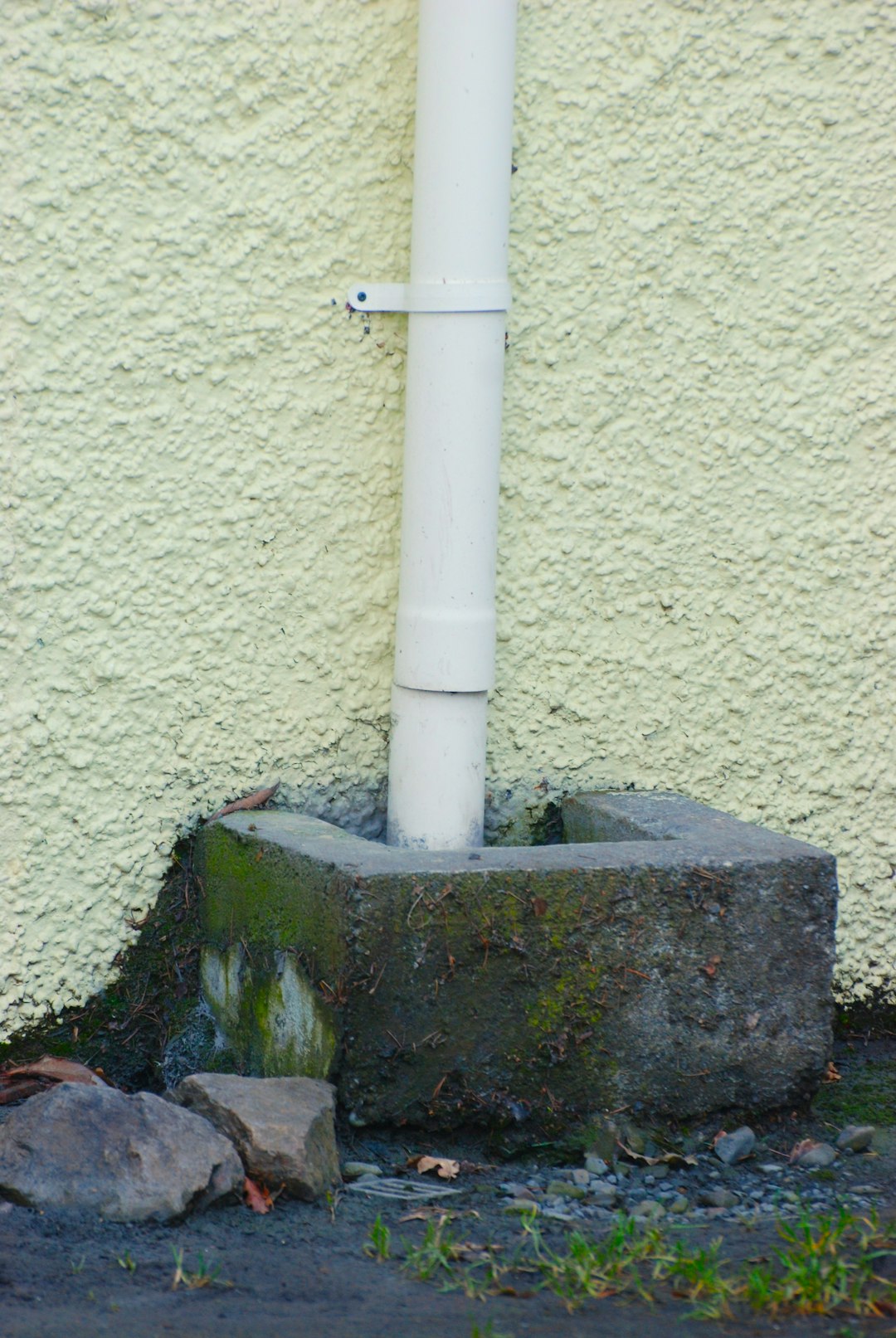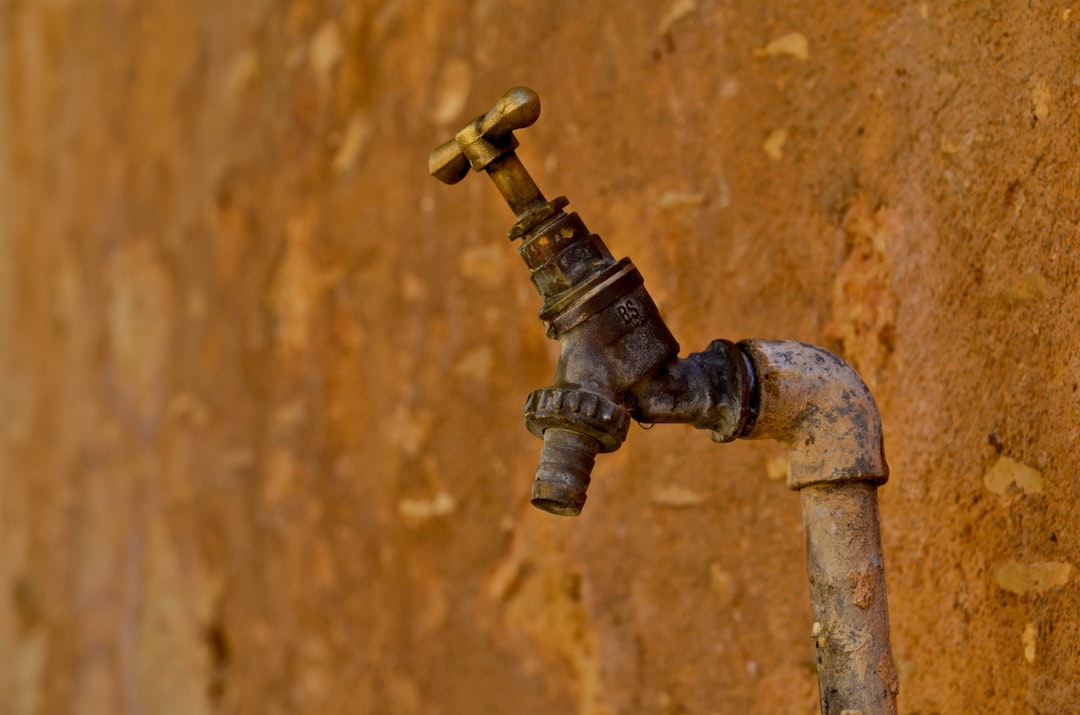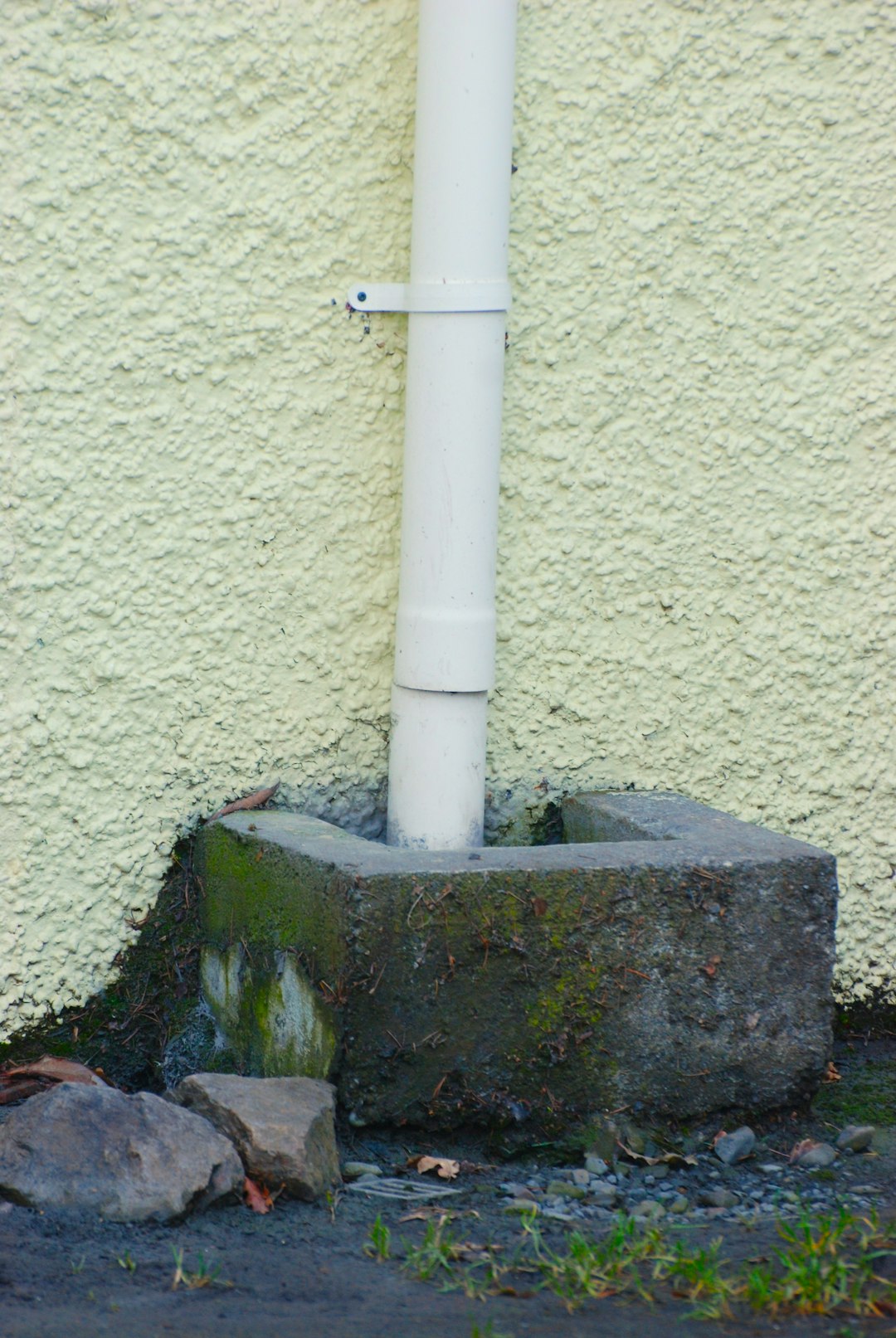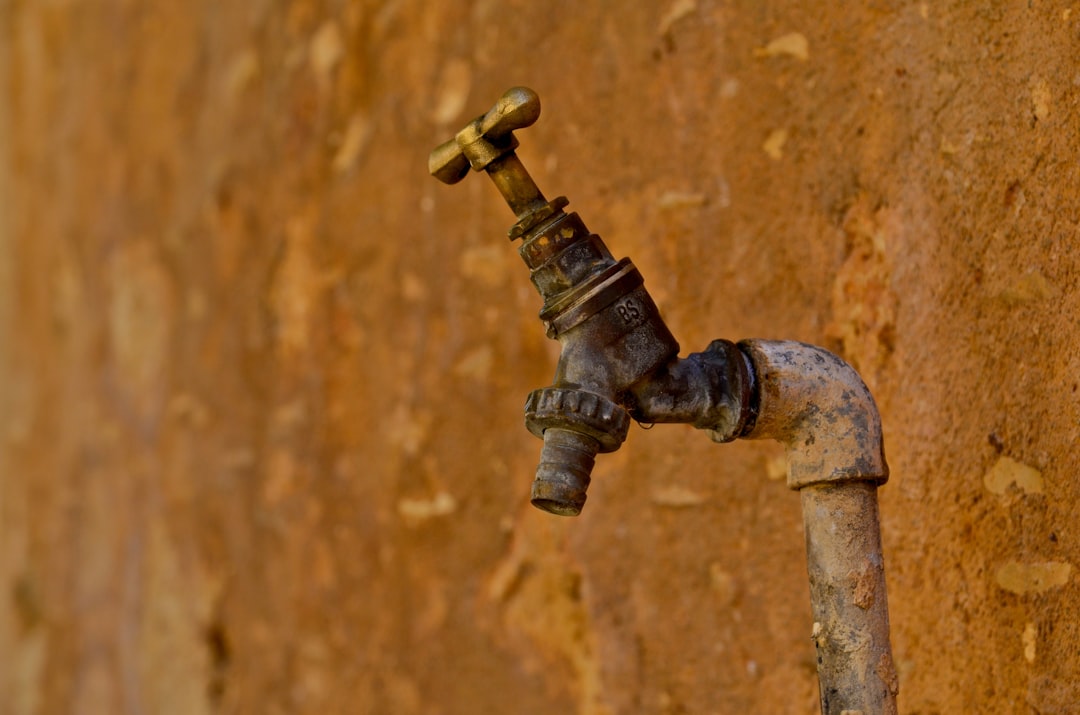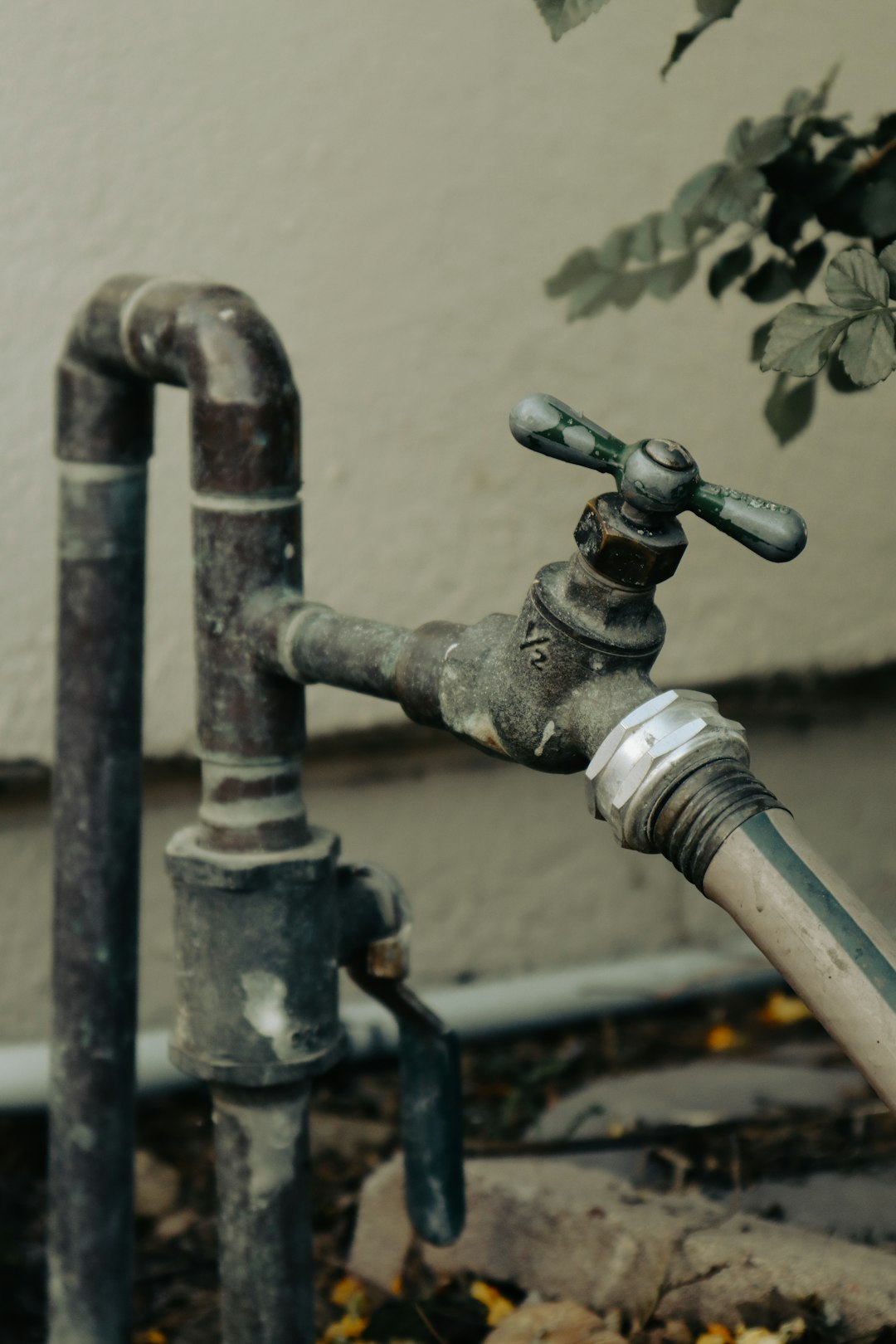Table of Contents
- Introduction
- Plumbing pipe replacement and its importance in home maintenance
- Comprehensive plumbing fixture installation services available
- Understanding plumbing valve repair for efficient systems
- Emergency plumbing service: responding to urgent needs
- Expert plumbing drain cleaning techniques and tools
- Plumbing water heater service: signs of failure and maintenance
- Detailed examination of plumbing sewer line repair processes
- Advanced methods for plumbing leak detection and prevention
- Conclusion
- Frequently Asked Questions
Introduction
In a world where water flows seamlessly from our taps and toilets flush without a hitch, we often take plumbing for granted. However, behind this everyday convenience lies a complex network of pipes, fixtures, and systems that require expertise and maintenance to ensure functionality.
From minor leaks to major installations, plumbing challenges can arise unexpectedly, creating chaos in our homes and businesses. That’s where the importance of comprehensive plumbing solutions comes into play.
In this article, we will explore the myriad of plumbing services available, tailored to meet every need—no matter how big or small. Whether you’re dealing with a stubborn clog or planning an elaborate renovation, expert plumbers are equipped with the tools and knowledge to unlock the flow of your plumbing system.
Join us as we dive into the world of plumbing, revealing tips, tricks, and solutions that keep the flow going strong and your home functioning smoothly. Plus, we’ll look at some common pitfalls to avoid and provide insights that can save you time and money. Are you ready to unlock the secrets of effective plumbing?
Plumbing pipe replacement and its importance in home maintenance
Plumbing pipe replacement is a crucial aspect of home maintenance that can often be overlooked until a significant problem arises. Over time, pipes can deteriorate due to various factors such as corrosion, leaks, or age. This deterioration can lead to water damage, mold growth, and even compromised water quality, posing serious health risks to household members. Regular inspections of plumbing systems can help identify these issues early on, allowing homeowners to address them before they escalate into costly repairs.
Moreover, replacing outdated or damaged pipes can improve water flow and pressure, enhancing the overall efficiency of a home’s plumbing system. Modern pipes are often made from materials that offer greater durability and resistance to common issues such as rust and leaks. This transition not only prevents future problems but also contributes to long-term savings on water bills and maintenance costs. In summary, keeping plumbing pipes in optimal condition is essential for ensuring a safe, efficient, and reliable water supply in any home.
Comprehensive plumbing fixture installation services available
Comprehensive plumbing fixture installation services are essential for ensuring that your home or business operates smoothly. These services encompass a wide range of installations, including sinks, toilets, faucets, and bathtubs, all of which require careful attention to detail and expertise. Professional plumbers are trained to assess the unique requirements of each fixture, ensuring that they are installed correctly and efficiently.
In addition to basic installations, many service providers also offer customized solutions tailored to specific needs. This can include the installation of energy-efficient fixtures that save water and reduce utility bills, as well as modern designs that enhance the aesthetic appeal of your space. Experienced plumbers understand local building codes and regulations, ensuring that all installations meet safety standards.
Furthermore, choosing professional installation services can lead to long-term savings by preventing common issues such as leaks and clogs. Whether you are renovating your bathroom, upgrading your kitchen, or constructing a new building, comprehensive plumbing fixture installation services are crucial to achieving optimal functionality and satisfaction.
Understanding plumbing valve repair for efficient systems
Understanding plumbing valve repair is crucial for maintaining efficient plumbing systems. Valves play a significant role in controlling the flow and pressure of water in pipes. Over time, wear and tear can lead to leaks, clogs, or complete valve failure, impacting the overall performance of your plumbing system. Regular inspection and maintenance of valves can prevent these issues from escalating.
Common types of valves include gate valves, globe valves, and ball valves, each serving specific functions. Knowing how to identify which valve needs attention is essential for effective repairs.
A valve repair often involves replacing seals, gaskets, or the entire valve unit. Proper tools and techniques are necessary to ensure a successful repair without causing further damage.
Additionally, understanding the water pressure in your system and how valves interact with other components can facilitate better repair strategies. Keeping valves in proper working condition not only prevents leaks but also contributes to energy efficiency, saving both water and money in the long run.
Emergency plumbing service: responding to urgent needs
Emergency plumbing services play a crucial role in addressing urgent plumbing needs that can arise at any time. These situations may include severe leaks, burst pipes, overflowing toilets, or malfunctioning water heaters that require immediate attention. When faced with unexpected plumbing issues, homeowners and businesses need quick and efficient solutions to prevent further damage and associated costs.
Professional emergency plumbers are trained to respond swiftly to such crises, often offering 24/7 availability. They arrive equipped with the necessary tools and expertise to assess the situation and implement effective repairs. Their prompt response can minimize damage to property, protect personal belongings, and restore normalcy. Additionally, emergency plumbing services often provide temporary solutions to mitigate immediate issues while scheduling more extensive repairs if needed.
Having access to reliable emergency plumbing services is essential for any property owner. By recognizing the importance of a responsive plumbing team, individuals can ensure safety and maintain the integrity of their plumbing systems during unexpected emergencies.
Expert plumbing drain cleaning techniques and tools
Expert plumbing drain cleaning techniques and tools are essential for maintaining a healthy plumbing system. One of the most common methods is hydro jetting, which uses high-pressure water jets to clear stubborn clogs and grease build-up. This technique is effective for both residential and commercial applications, ensuring thorough cleaning without damaging pipes.
Another effective method is the use of drain snakes or augers. These hand-held devices can reach deep into pipes to dislodge blockages that may be unreachable by standard plungers. They come in various sizes, making them suitable for different types of clogs.
Additionally, the use of organic cleaners has gained popularity. These environmentally friendly solutions break down waste and eliminate odors without harming the plumbing system. For persistent issues, professional plumbing inspection cameras can be implemented to visually assess the condition of pipes and identify problem areas.
Combining these techniques not only resolves existing drain issues but also helps prevent future clogs, ensuring a smoother flow within the plumbing system.
Plumbing water heater service: signs of failure and maintenance
Maintaining your plumbing water heater is crucial for efficient operation and longevity. Signs of failure may include inconsistent water temperatures, strange noises coming from the unit, and discoloration or rust around the heater. If you notice water pooling near the heater, it could indicate a leak, which requires immediate attention. Regular maintenance can help prevent these issues and extend the life of your water heater.
It’s advisable to flush your water heater at least once a year to remove sediment buildup that can affect efficiency. Additionally, checking the anode rod for corrosion is essential, as this component helps prevent rusting inside the tank.
Moreover, ensure that the temperature setting is appropriate, typically around 120 degrees Fahrenheit, to avoid overheating and excessive energy consumption. Regular inspections by a qualified plumber can also identify potential problems early on, ensuring your water heater operates smoothly.
Detailed examination of plumbing sewer line repair processes
When it comes to plumbing sewer line repair, a detailed examination of the process is essential for effective resolution of issues. The process typically begins with a thorough inspection of the sewer line using advanced techniques such as video camera inspections. This allows plumbers to identify blockages, breaks, or other forms of damage within the pipes.
Once the problem is identified, the next step may involve clearing obstructions through methods like hydro jetting, which utilizes high-pressure water to remove debris. If the damage is severe, more invasive methods such as trenching or trenchless repair techniques may be necessary. Trenchless repair is particularly advantageous as it minimizes disruption to the surrounding landscape.
After repairs are completed, regular maintenance and inspections are crucial to prevent future issues. Homeowners are encouraged to understand their sewer systems and recognize any signs of trouble early on. Overall, being informed about the plumbing sewer line repair processes can empower homeowners and ensure their plumbing systems remain in optimal condition.
Advanced methods for plumbing leak detection and prevention
Advanced methods for plumbing leak detection and prevention have transformed the way professionals address water leaks. One significant technique involves the use of acoustic sensors that can detect the sound of water leaking from pipes. These sensors can pinpoint the exact location of a leak, minimizing excavation and repair costs. Another innovative method is infrared thermography, which utilizes heat signatures to identify areas where heat is escaping due to leaks in hot water systems.
Moreover, video inspection technology allows plumbers to examine the interior of pipes with high-resolution cameras. This method helps in diagnosing issues that are not visible externally, leading to more informed repair strategies. Leak detection systems equipped with smart technology are also gaining popularity. These systems can monitor water flow and pressure in real-time, alerting homeowners to any abnormalities before they escalate into significant problems.
Incorporating these advanced methods not only saves time and money but also enhances the overall efficiency and reliability of plumbing systems, ultimately contributing to better water conservation efforts.
Conclusion
In conclusion, ensuring your plumbing system operates smoothly is vital for maintaining a safe and efficient home. From regular pipe replacement and fixture installations to emergency services and advanced leak detection methods, comprehensive plumbing solutions address every possible need. By investing in professional plumbing services, you not only enhance your home’s functionality but also safeguard against costly repairs and inconveniences in the future. Don’t wait for plumbing issues to escalate; proactive maintenance can save you time, money, and stress. If you encounter any plumbing concerns or require expert assistance, look no further. Call us today at 573-555-2121 and let our team of experienced plumbers provide you with the best solutions tailored to your needs. We’re here to help you unlock the flow and ensure your plumbing system remains in top-notch condition!
